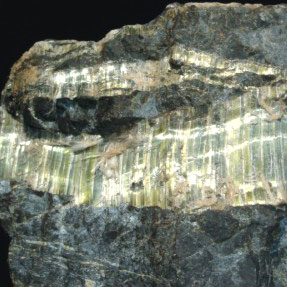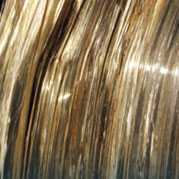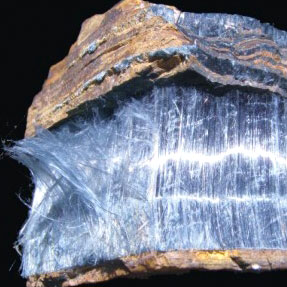Asbestos Surveys and Analysis
Linsch Consultants Ltd carry out asbestos surveys and are UKAS accredited for sample analysis as described in HSG264 “Asbestos: The Survey Guide” published by the HSE. It details areas of best practice and the types of asbestos containing material (ACMs), which may be found within premises.
All of our analysts and surveyors hold the relevant P401 + P402 qualifications.
What is Asbestos?

Chrysotile

Amosite

Crocidolite

Tremolite

Actinolite

Anthophyllite
Asbestos refers to six naturally occurring fibrous minerals: chrysotile, Amosite, crocidolite, tremolite, actinolite, and anthophyllite. Among these, chrysotile and amosite asbestos are most common.
Although asbestos fibers are microscopic in nature, they are extremely durable and resistant to fire and most chemical reactions and breakdowns. These properties of asbestos were the reasons that supported its use for many years in a number of different commercial and industrial capacities.
Materials, Products Tested
Common Asbestos Products
Asbestos is used in a variety of products, including, but not limited to, roofing shingles, floor tiles, ceiling materials, cement compounds, textile products, and automotive parts.
Asbestos has been used in buildings commercially for over 100 years. The list below shows some of the most common products that were used. For a more comprehensive list, refer to HSG 264: The Survey Guide, published by the HSE.
Standard specifications, Equipment, Techniques used
Health and Safety Executive Asbestos: The analysts’ guide for sampling, analysis and clearance procedures (HSG 248).
HSG 248:February 2005 by Documented In-House Method as per QC Manual, Part 2, using stereo-microscopy, polarised light microscopy and dispersion staining.
